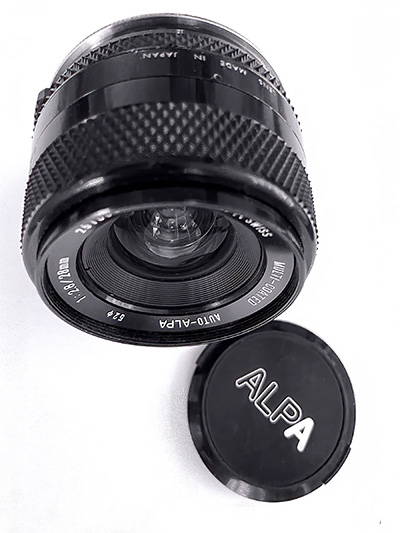Lens Overview
A compact wide‑angle prime from the 1970s, the Alpa Swiss 28mm f/2.8 MC is an M42 screw‑mount lens branded for Alpa’s “Si” program and manufactured in Japan (by Chinon). It’s fully manual, multi‑coated, and covers full frame. In the field, it delivers a classic, slightly retro rendering with decent center sharpness and noticeable wide‑open vignetting and distortion—very much in line with many third‑party 28/2.8 designs of the era.
Build and ergonomics
All‑metal barrel with a smooth, well‑damped focus ring and positive aperture detents. Engraved distance and depth‑of‑field scales make zone/hyperfocal work straightforward. The 320g weight and 52mm filters make it portable; the balance is comfortable on small mirrorless bodies with a simple adapter.
Optical performance
Distortion & vignetting: Visible barrel distortion and vignetting at f/2.8; both recede notably by f/5.6–f/8.
Sharpness: Usable center sharpness at f/2.8; edges and corners improve as you stop down, with the best uniformity around f/5.6–f/8.
Color & contrast: Multi-coating (MC) provides a pleasant color and acceptable mid-contrast; keep strong light sources just outside the frame for optimal pop.
Bokeh: With 5 blades, out‑of‑focus highlights take on a pentagonal shape when stopped down; background blur can look a bit busy in high‑contrast scenes—typical for many vintage 28/2.8s.
Flare & ghosting: MC helps, but expect some veiling if the sun is in the frame; a simple period‑appropriate hood is functional.
Digital adaptation
- Mirrorless (Canon RF, Nikon Z, Sony E, Fuji X): Use a simple M42→native adapter for complete infinity focus. (Your test rig: M42→EF, then EF→RF on EOS R5; also used on Fujifilm X‑E4.)
- DSLRs (Canon EF): A plain M42→EF ring retains infinity focus; stop‑down metering applies. (Recommended: focus magnification/peaking on bodies that support it.)
- DSLRs (Nikon F): Because Nikon F’s flange distance is longer than M42’s, a glass‑less adapter will not reach infinity; to get infinity, you need an adapter with corrective optics (acts like a mild teleconverter and can affect image quality). Mirrorless Nikon Z avoids this issue.
- Metadata/IBIS: No electronic contacts, no EXIF; set focal length manually for IBIS, and expect stop‑down metering.
Tip: If you’re on RF, a direct M42→RF adapter is tidier than stacking M42→EF→RF.
Historical and collector context
This lens sits in the brief period when Alpa partnered with Chinon to offer the Alpa Si series in M42—a pragmatic move away from Alpa’s proprietary mount. The Alpa Si 2000 debuted in 1977, and “Auto‑Alpa/Alpa Swiss”‑branded Japanese lenses accompanied it. Purists tend to value the earlier Swiss‑made Alpa/Kern/Angénieux optics more highly; the Alpa‑branded Chinon lenses are historically interesting and more approachable for shooters. (Inference based on market sentiment).
At launch, the Alpa-branded (and Chinon-branded) Japan-made 28 mm was marketed as an affordable third-party wide-angle option for M42-mount SLRs such as the Alpa Si 2000, Chinon CS, and other compatible cameras from the late 1970s. Compact and versatile, it offered hobbyists a modern multi-coated design at a fraction of the price of European optics. Today it remains a budget buy, with typical Chinon-branded copies selling for €25–70, while Alpa-branded examples—scarcer and often collected for their nameplate—command €150–250+ depending on condition and completeness.
Impressions
On a Canon EOS R5 via adapter, focusing felt precise and tactile, and the lens produced pleasing color with 1970s tonality. For architecture and landscapes, f/8 provides the best edge-to-edge discipline; for street photography, f/4–5.6 strikes a balance between speed and crispness. On an X-E4, the 42mm-equivalent field of view is very versatile; keep bright light just off-axis for improved microcontrast. (Set M mode + stop‑down metering; enable focus peaking).
Sample Photos
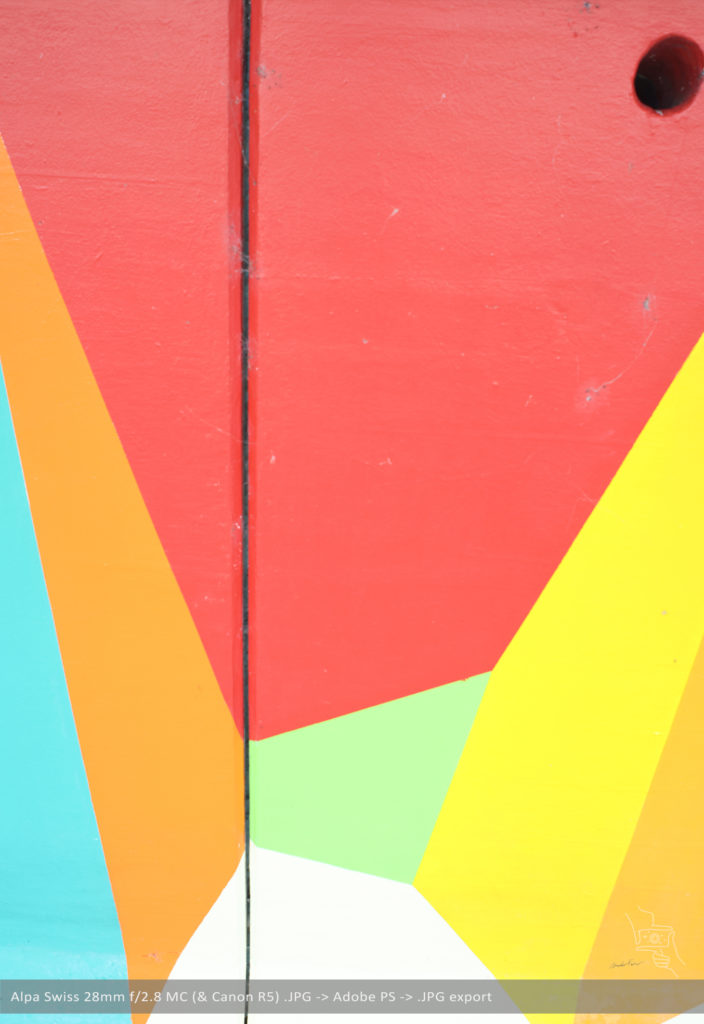

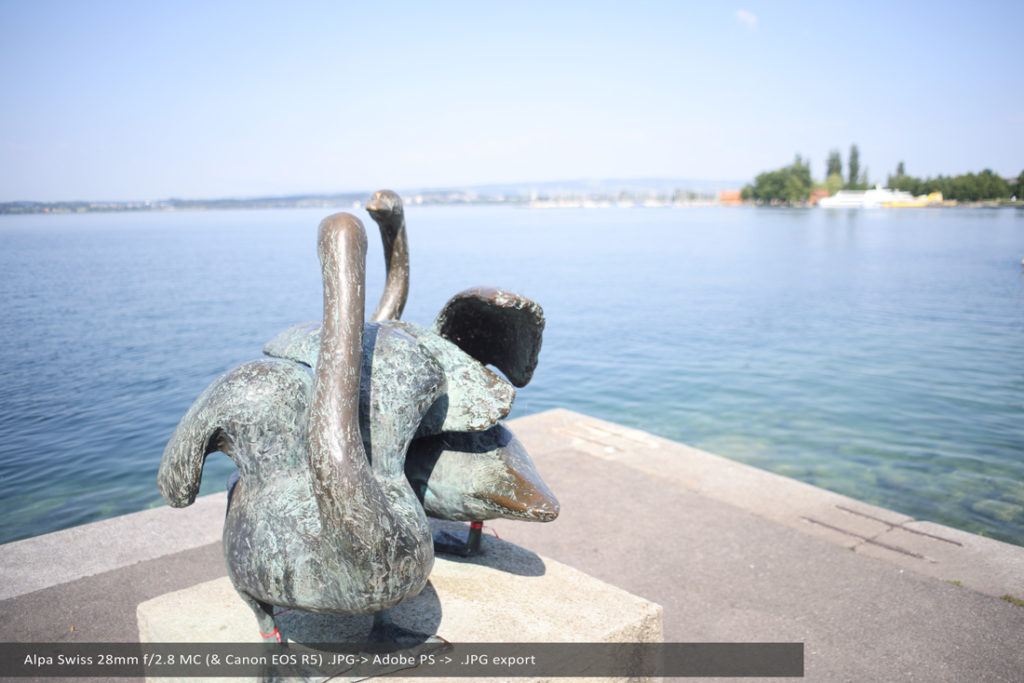
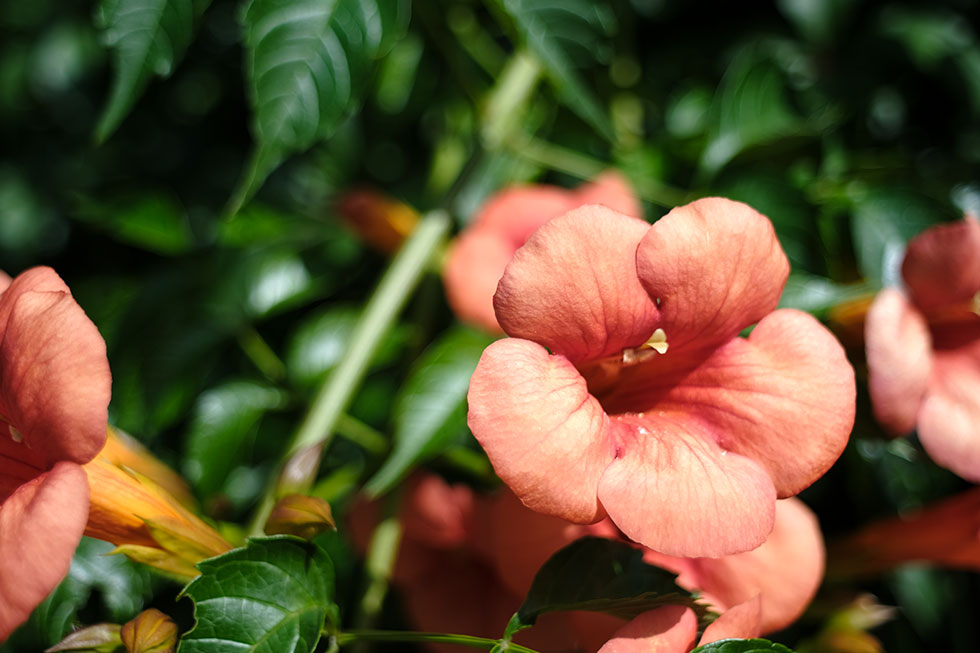
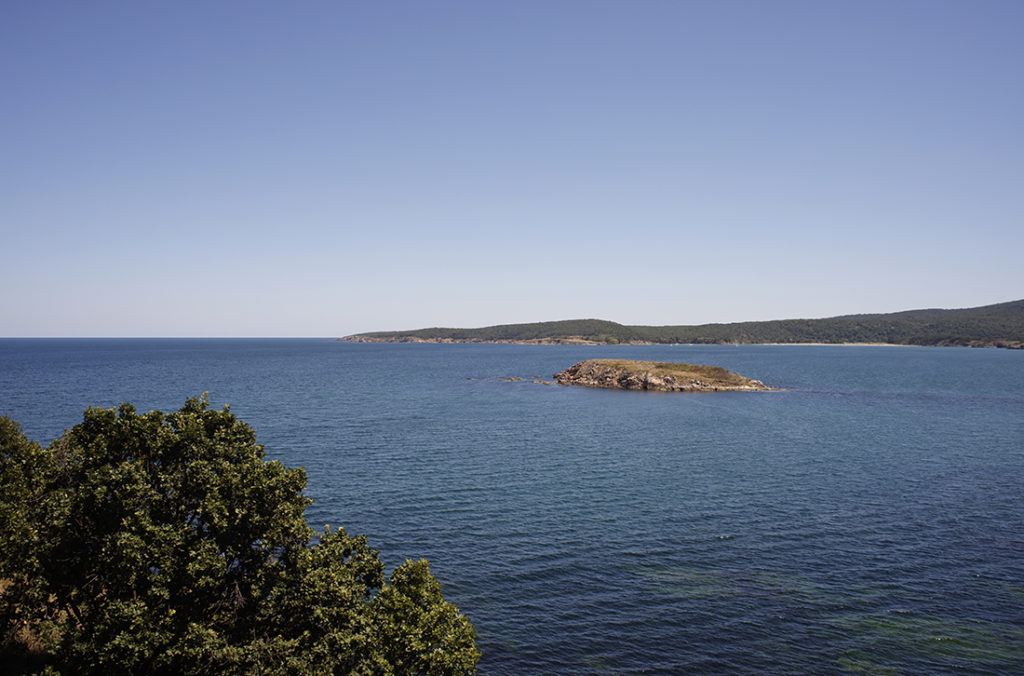
Verdict — Pros and Cons
Pros
- Compact, solid build; smooth focus
- Natural color and pleasant mid‑contrast from MC coatings
- Adaptable to all major mirrorless mounts (simple ring)
- Affordable entry into the Alpa story
Cons
- Soft edges and visible vignetting at f/2.8; needs stopping down
- Barrel distortion typical of 28 mm vintage designs
- 5‑blade aperture yields pentagonal highlights when stopped down
- Nikon F users need optical‑element adapters for infinity (quality penalty)



